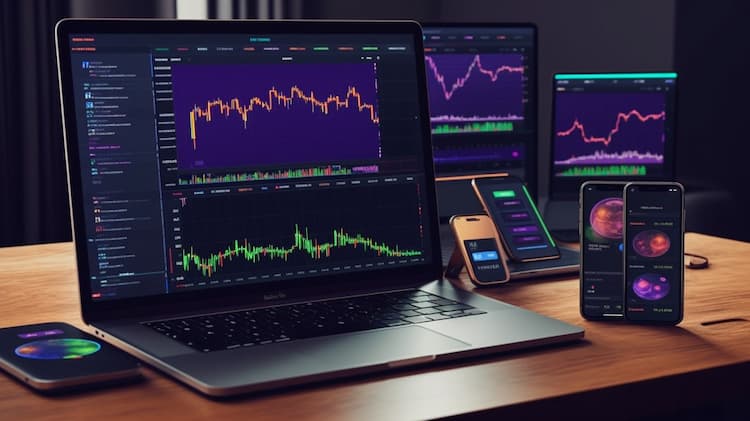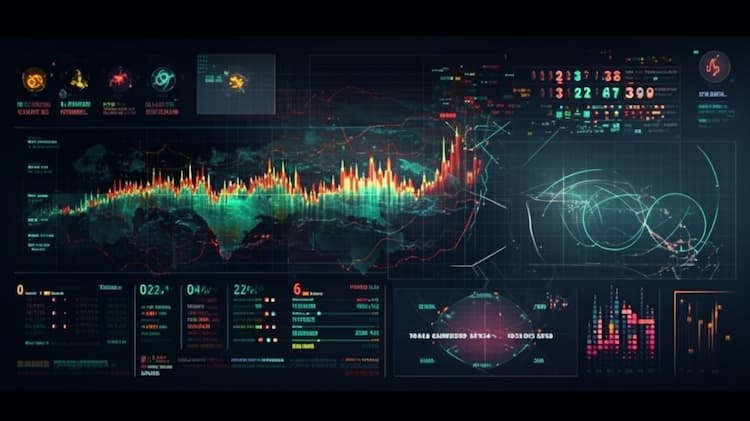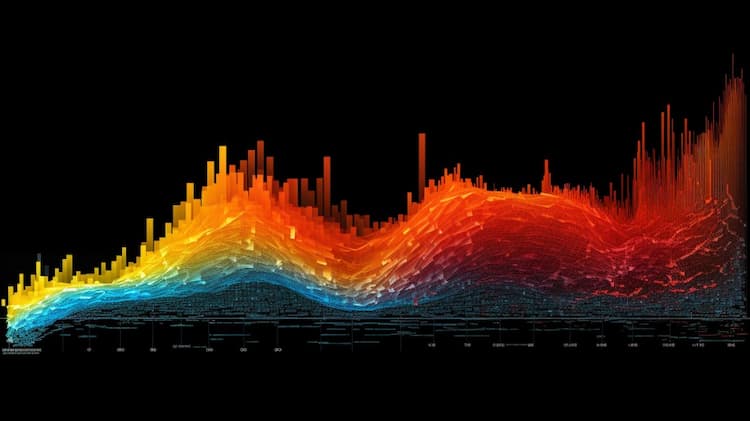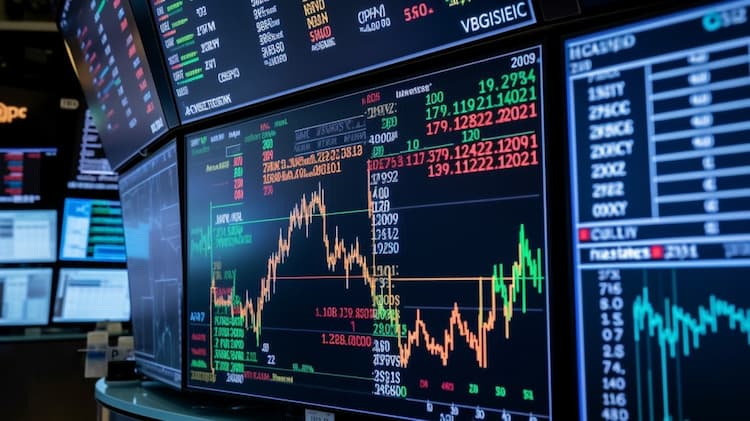
MCHI VS FXI: A Comparison of ETFs
Exchange-Traded Funds (ETFs) have transformed the investment landscape, providing investors with diversified exposure to different sectors and asset classes. In this article, we will conduct an in-depth comparison between two prominent ETFs: MCHI (iShares MSCI China ETF) and FXI (iShares China Large-Cap ETF). We'll delve into various aspects, including ETF tickers, full names, issuers, sectors, top holdings, capitalization, investment strategies, tracking methods, and exposure.
MCHI VS FXI: Overview
MCHI and FXI are both ETFs focused on the Chinese market, but they differ in their specific investment approaches. MCHI seeks to track the performance of the MSCI China Index, providing exposure to a broad range of Chinese equities. On the other hand, FXI concentrates on the largest Chinese companies, emphasizing large-cap stocks from the FTSE China 50 Index. These distinctions in investment objectives lead to varying risk and return profiles for investors.
MCHI VS FXI: Sectors and Top Holdings
The MCHI ETF offers exposure to a diverse array of sectors within the Chinese economy, including technology, financials, consumer discretionary, and more. Its top holdings include leading Chinese companies like Alibaba Group Holding Ltd., Tencent Holdings Ltd., and Meituan. FXI, in contrast, focuses on major Chinese corporations across sectors such as financials, technology, and consumer staples. It includes holdings like Tencent, China Construction Bank, and Industrial and Commercial Bank of China (ICBC). Analyzing the sectors and top holdings helps investors assess the concentration and potential risks associated with each ETF.
 MCHI overlap MCHI VS FXI: A Comprehensive Comparison of ETFs
MCHI overlap MCHI VS FXI: A Comprehensive Comparison of ETFs
MCHI VS FXI: Capitalization and Investment Strategy
The MCHI ETF boasts a substantial asset under management (AUM), indicating its popularity among investors interested in Chinese equities. Its investment strategy involves tracking a broad-based index to capture the overall performance of the Chinese equity market. FXI, with its emphasis on large-cap companies, offers exposure to China's most established corporations. The capitalization and strategy variances influence the risk and return dynamics of the two ETFs, influencing investor decisions.
MCHI VS FXI: Tracking Methods and Exposure
MCHI aims to mirror the performance of the MSCI China Index, employing a passive tracking approach. This index represents a wide range of Chinese companies across various sectors and industries. FXI's approach involves tracking the FTSE China 50 Index, comprising 50 of the largest and most liquid Chinese stocks. The tracking methods and exposure mechanisms adopted by these ETFs impact how closely their performance aligns with the underlying indexes, thereby influencing investor outcomes.
Conclusion
MCHI and FXI are distinct ETFs that offer investors exposure to the Chinese market with different strategies. For those seeking a deeper understanding of holdings, correlations, overlaps, and other insightful information, ETF insider is a valuable tool. This user-friendly app provides comprehensive details about these ETFs and other financial instruments, aiding investors in making informed decisions aligned with their investment goals.
Disclaimer: This article does not provide any investment advisory services.
Sources:
MCHI ETF issuer
MCHI ETF official page
FXI quote and analysis
Discover the top holdings, correlations, and overlaps of ETFs using our visualization tool.
Our app allows you to build and track your portfolio.
To learn more about the FXI iShares China Large-Cap ETF, access our dedicated page now.



































